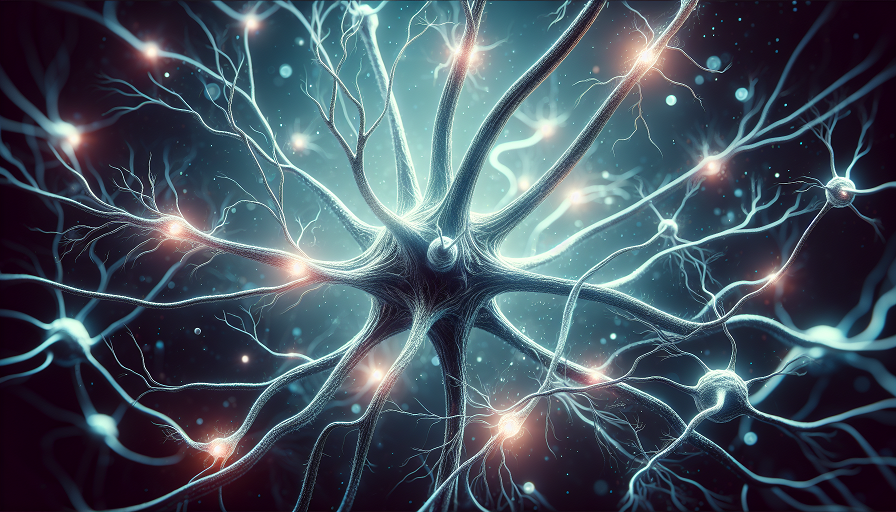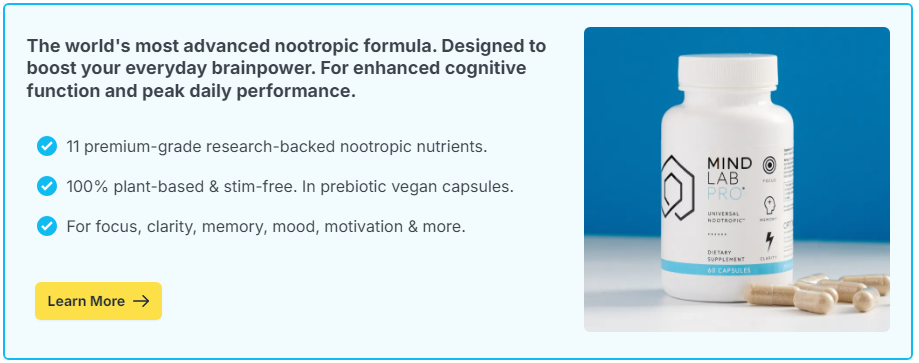
Yes – regular journaling can improve self-awareness by making your thoughts and patterns visible, and it can boost focus by offloading mental clutter so your working memory has less to track. The gains are practical and depend on consistency, method, and fit to your goals.
Contents
How Journaling Helps The Brain
Writing forces you to slow down and name what is happening inside your head. That simple act supports metacognition – thinking about your thinking – and helps you catch biases, distractions, and emotional triggers before they steer your behavior. By moving worries and to-dos onto a page, you reduce the load on working memory, which can free attention for the task at hand. Over time, the written record becomes feedback: you can see patterns in sleep, mood, habits, and performance that would be easy to miss in the moment.
What The Evidence Suggests
Studies on expressive writing, planning, and brief reflection show small to moderate benefits for stress reduction, goal progress, and attention control. Effects are larger when the practice is brief, specific, and repeated over weeks. Journaling is not a cure-all: it will not replace sleep, exercise, or treatment for clinical conditions. But as a low-cost habit, it compares well to other simple focus aids like short walks or caffeine timing.
Journaling Methods And When To Use Them
Different methods target different outcomes. Start with the outcome you care about – clarity, calm, or concentration – and choose a form that serves it.
Reflective Journaling (For Self-Awareness)
- What It Is: A short daily note on what you felt, what you did, and why.
- Why It Helps: Links events to thoughts and outcomes so you can spot triggers and habits.
- How To Do It: Use prompts like “What mattered today?” and “What would I do differently tomorrow?” Keep it to five minutes.
Planning Or Bullet Journaling (For Focus)
- What It Is: A simple log of tasks, priorities, and time blocks.
- Why It Helps: Clarifies the next action and reduces task-switching.
- How To Do It: Set three priorities, define the first 30 minutes of work, and park new ideas in a “later” list.
Expressive Writing (For Emotional De-Cluttering)
- What It Is: Timed free-writing on a stressful issue without worrying about style.
- Why It Helps: Can reduce physiological stress and improve clarity before demanding tasks.
- How To Do It: Write for 8–10 minutes, then close the page. Do not edit.
Get Started In Five Minutes
You do not need a special notebook or app. The key is a tiny, repeatable loop that you will actually do, even on bad days.
- Pick A Trigger: Tie journaling to something you already do (first coffee, train seat, desk lamp on).
- Use A Short Template: Example: Focus (top 3 tasks), Obstacles (what might break my focus), Plan (first 30 minutes), After (one-line review).
- Time-Box It: Set a 3–5 minute timer. Stop when it ends. Short beats perfect.
- Close The Loop: End with a single next action and start it immediately.
Common Pitfalls (And Fixes)
Journaling helps when it clarifies action and reduces rumination. If your pages grow heavier but your days do not get lighter, adjust the approach.
- Endless Venting: If writing turns into replaying the same problem, switch to a problem-solving template: facts, options, next step.
- Perfectionism: Messy bullets are fine. The value is in thinking, not calligraphy.
- Inconsistency: Shrink the scope. One line a day beats a long entry once a week.
- Privacy Worries: Use a minimal app with a passcode or a paper notebook kept out of sight. If that is stressful, keep only brief prompts and action lists.
Who Should Be Careful
If you are in acute distress, trauma therapy, or severe depression, unstructured expressive writing can sometimes intensify distress in the short term. In that case, use guided prompts with limits, keep entries brief, and involve a clinician. For students and professionals with ADHD, journaling can help focus, but only when the method is ultra-simple (e.g., two-line daily plan) and tied to a reliable cue.
Journaling is a small lever with steady returns: more awareness, less mental clutter, and clearer priorities. Keep it short, link it to a routine, and favor templates that point you toward action. Treat the notebook as a tool to think now – not a diary you must fill.

